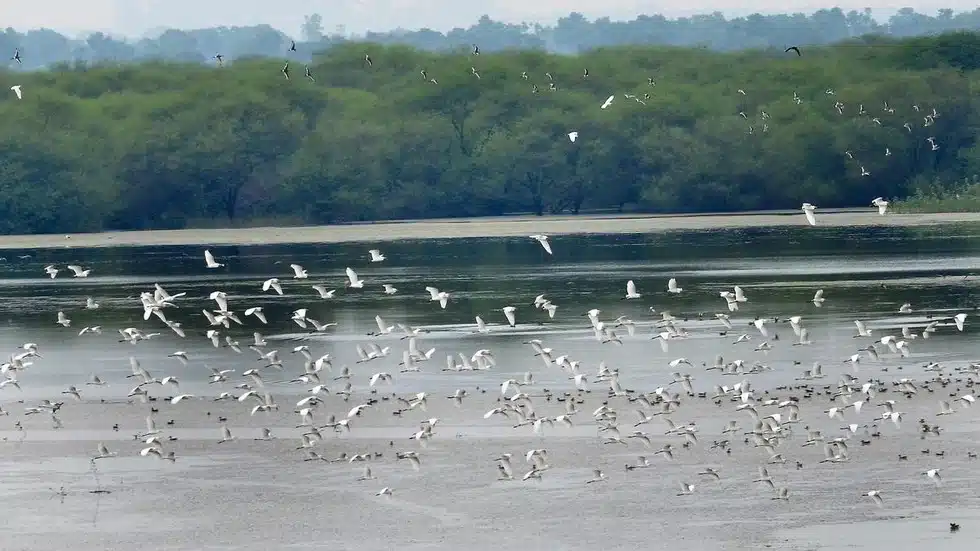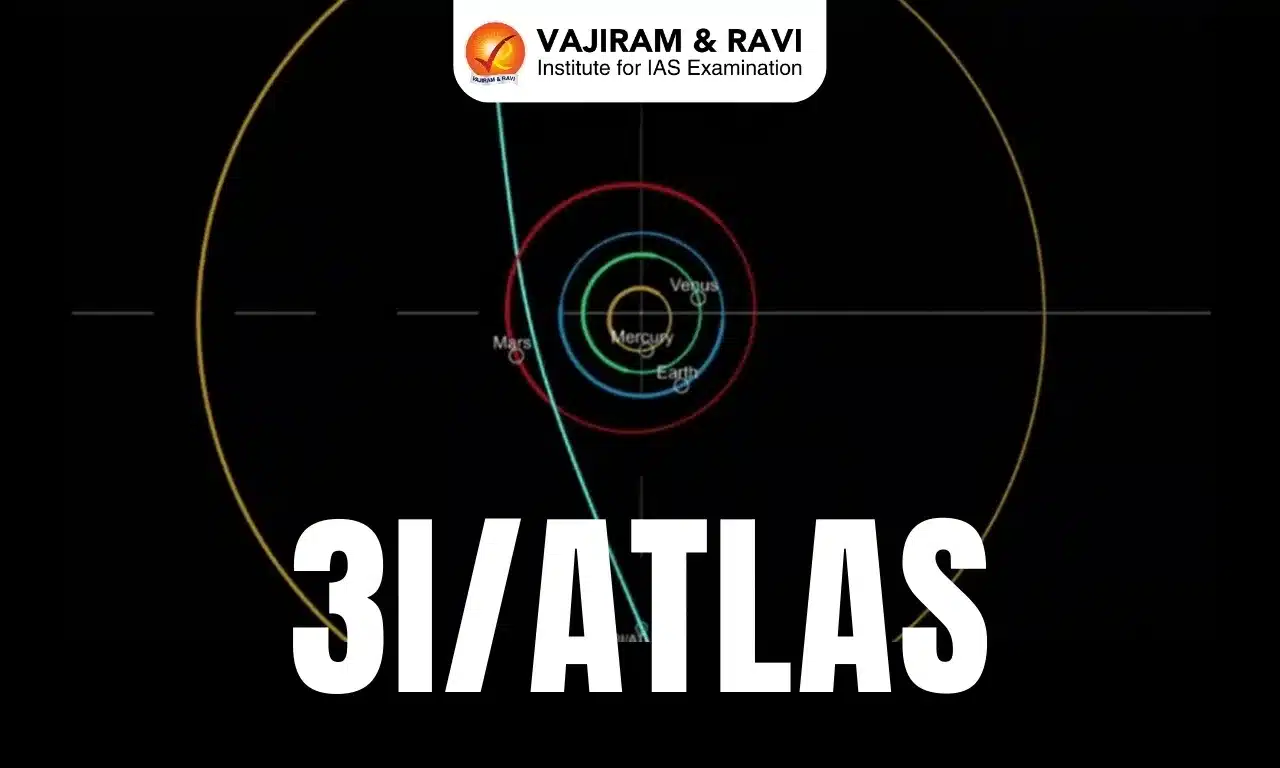New Ramsar Sites Latest News
Recently, four more wetlands from India have got an international tag of Ramsar Convention sites.
About New Ramsar Sites Added
Sakkarakottai Bird Sanctuary
- Location: Tamil Nadu
- It is a unique mosaic wetland ecosystem located close to the Gulf of Mannar on the Central Asian flyway, a regular route for the migratory birds that comes from Iran, Afghanistan and Pakistan.
- This wetland acts as a breeding ground for several Resident/Resident-Migrant species of waterfowl.
Therthangal Bird Sanctuary
- Location: Tamil Nadu
- It lies along the Central Asian Flyway and are critical breeding and foraging grounds for waterbirds, including the Spot-billed Pelican, Black-headed Ibis, and Oriental Darter.
- It plays a crucial role in climate regulation, recharging of groundwater, and irrigation.
- The sanctuary is home for many important endemic and near threatened species including the Painted stork, Black-headed ibis, Spot-billed pelican, Oriental darter and Pallied harrier among others
Udhwa Lake
- Location: Jharkhand
- Itis named after saint Uddhava of Mahabharat times, a friend of Lord Krishna.
- It falls within the Gangetic Plains bio-geographic zone.
- The Sanctuary has two water bodies i.e. Patauran (155 ha) and Berhale (410 ha), interconnected by a water channel. Patauran is a comparatively clean water body.
- It is the first Ramsar designated wetland from Jharkhand.
Khecheopalri Lake
- Location: Sikkim
- It is a sacred gem revered by both Buddhists and Hindus.
- It is known as a wish-fulfilling lake, its tranquil waters are believed to be blessed by Guru Padmasambhava and the Goddess Tara.
- It is surrounded by lush forests and the mystical aura of ancient legends, this enchanting lake, part of the revered Demazong valley.
New Ramsar Sites FAQs
Q1: What do you mean by Ramsar sites?
Ans: Ramsar sites refer to sites listed on the List of Wetlands of International Importance, also known as the Ramsar List.
Q2: Which are the first Ramsar sites in India?
Ans: Chilika Lake in Orissa and Keoladeo National Park in Rajasthan were recognised as the first Ramsar
Q3: What is the purpose of Ramsar?
Ans: It provides the only international mechanism for protecting sites of global importance and is thus of key conservation significance.
Source: TOI
Last updated on July, 2025
→ UPSC Notification 2025 was released on 22nd January 2025.
→ UPSC Prelims Result 2025 is out now for the CSE held on 25 May 2025.
→ UPSC Prelims Question Paper 2025 and Unofficial Prelims Answer Key 2025 are available now.
→ UPSC Calendar 2026 is released on 15th May, 2025.
→ The UPSC Vacancy 2025 were released 1129, out of which 979 were for UPSC CSE and remaining 150 are for UPSC IFoS.
→ UPSC Mains 2025 will be conducted on 22nd August 2025.
→ UPSC Prelims 2026 will be conducted on 24th May, 2026 & UPSC Mains 2026 will be conducted on 21st August 2026.
→ The UPSC Selection Process is of 3 stages-Prelims, Mains and Interview.
→ UPSC Result 2024 is released with latest UPSC Marksheet 2024. Check Now!
→ UPSC Toppers List 2024 is released now. Shakti Dubey is UPSC AIR 1 2024 Topper.
→ Also check Best IAS Coaching in Delhi














